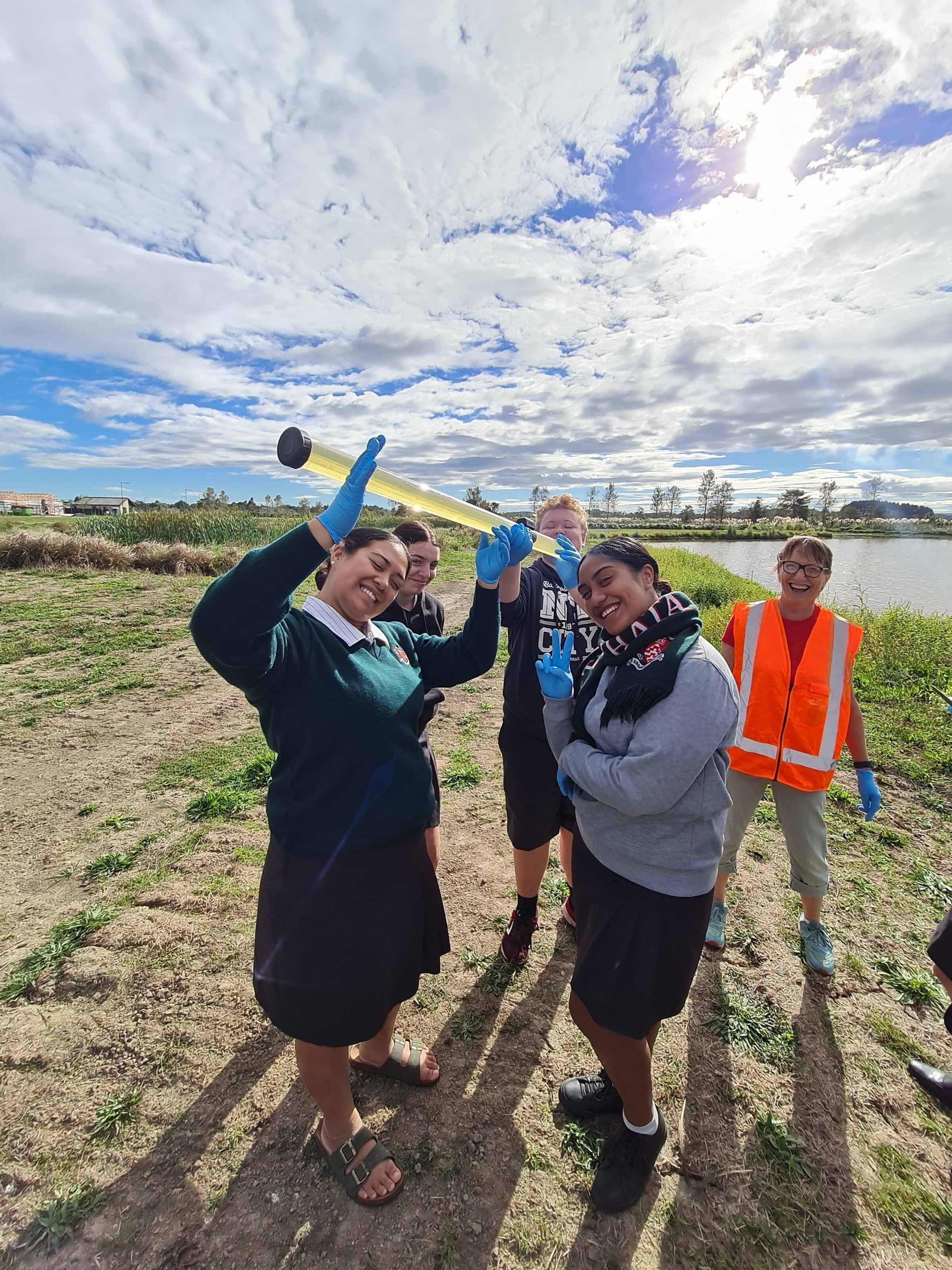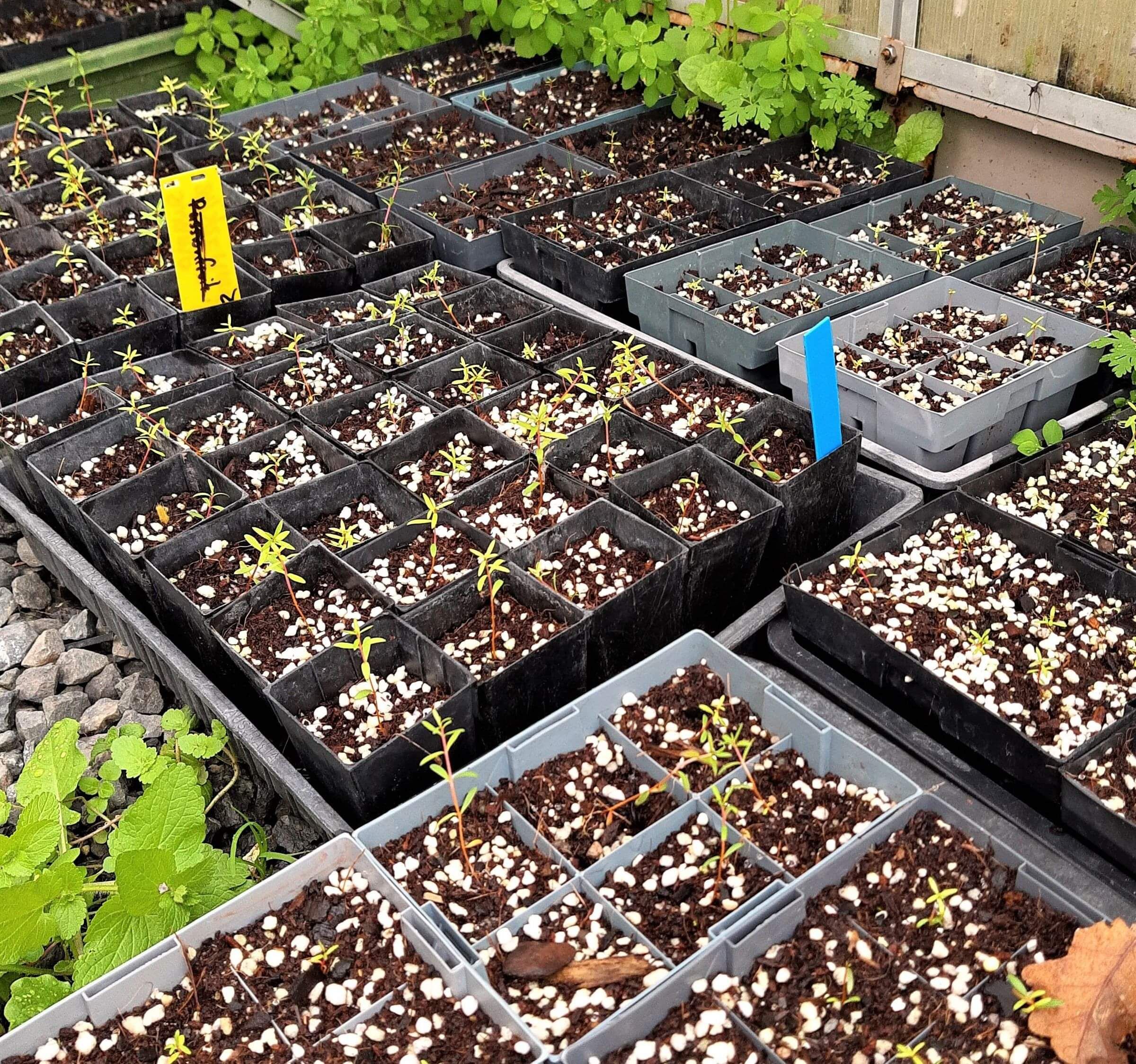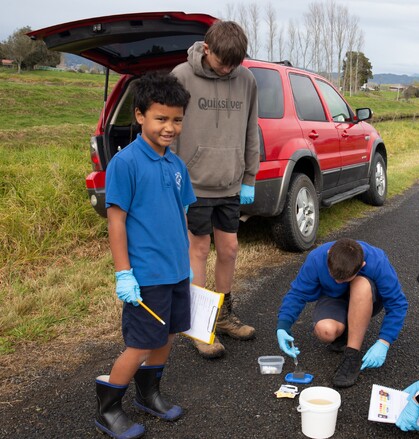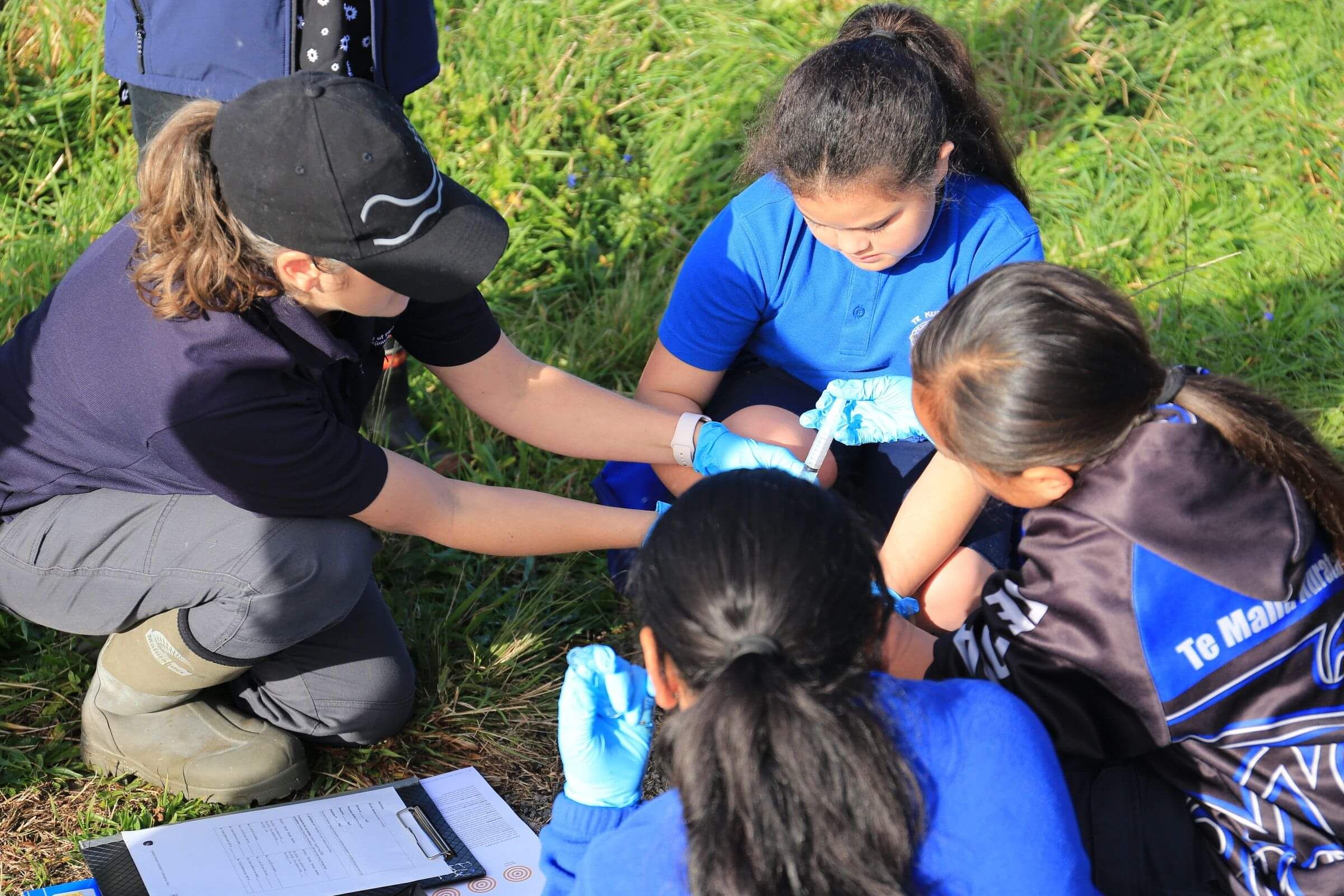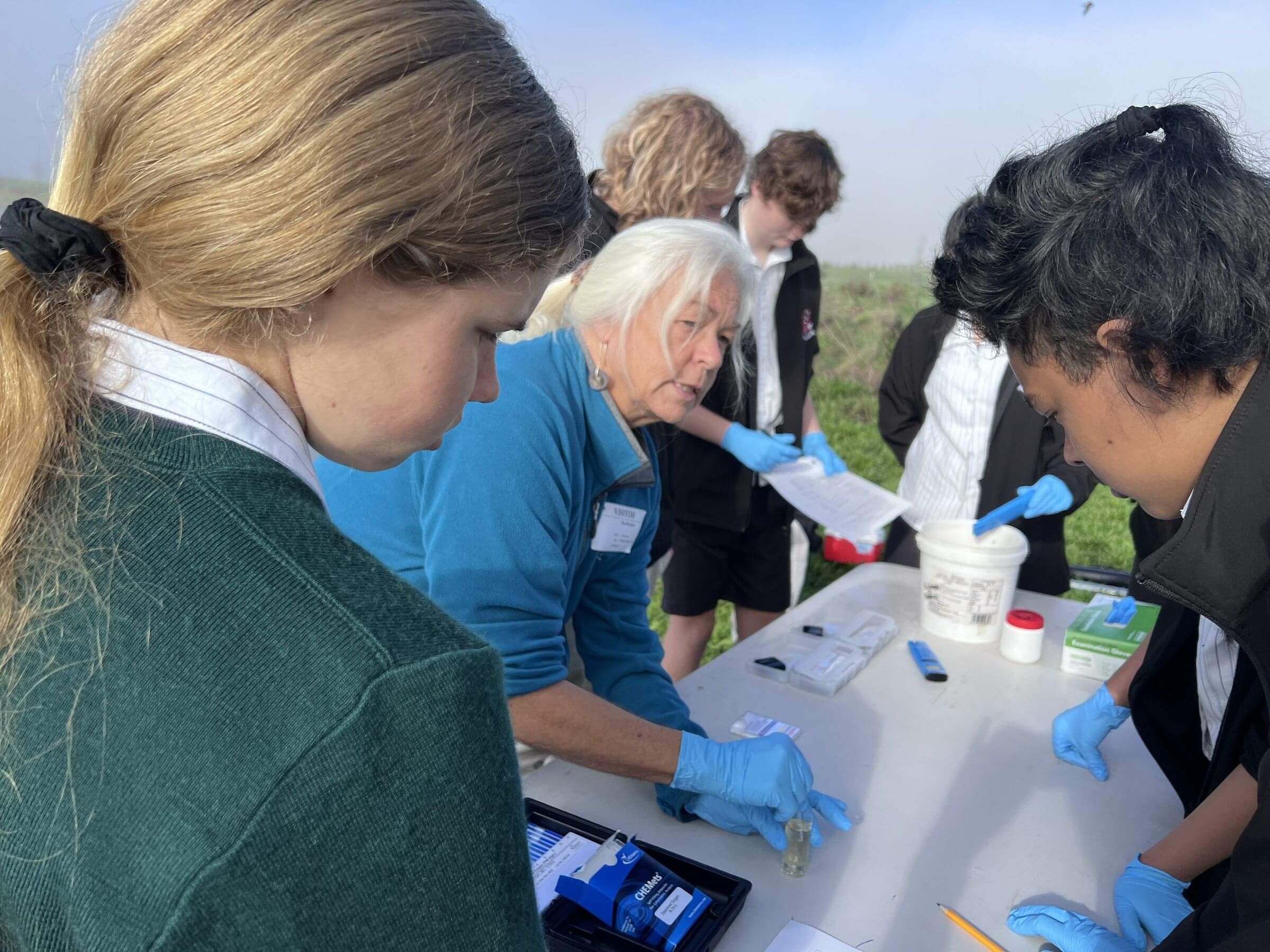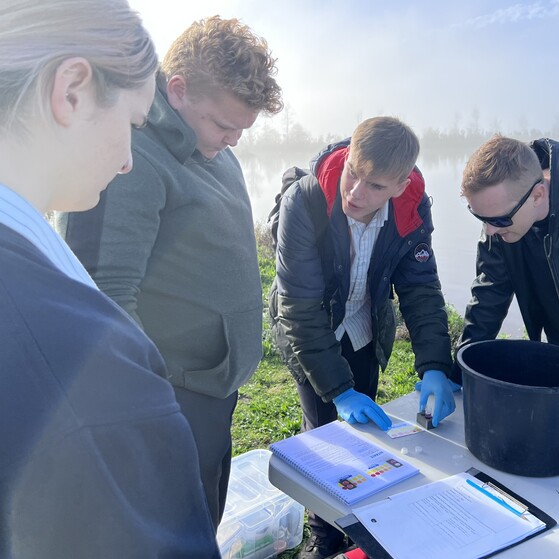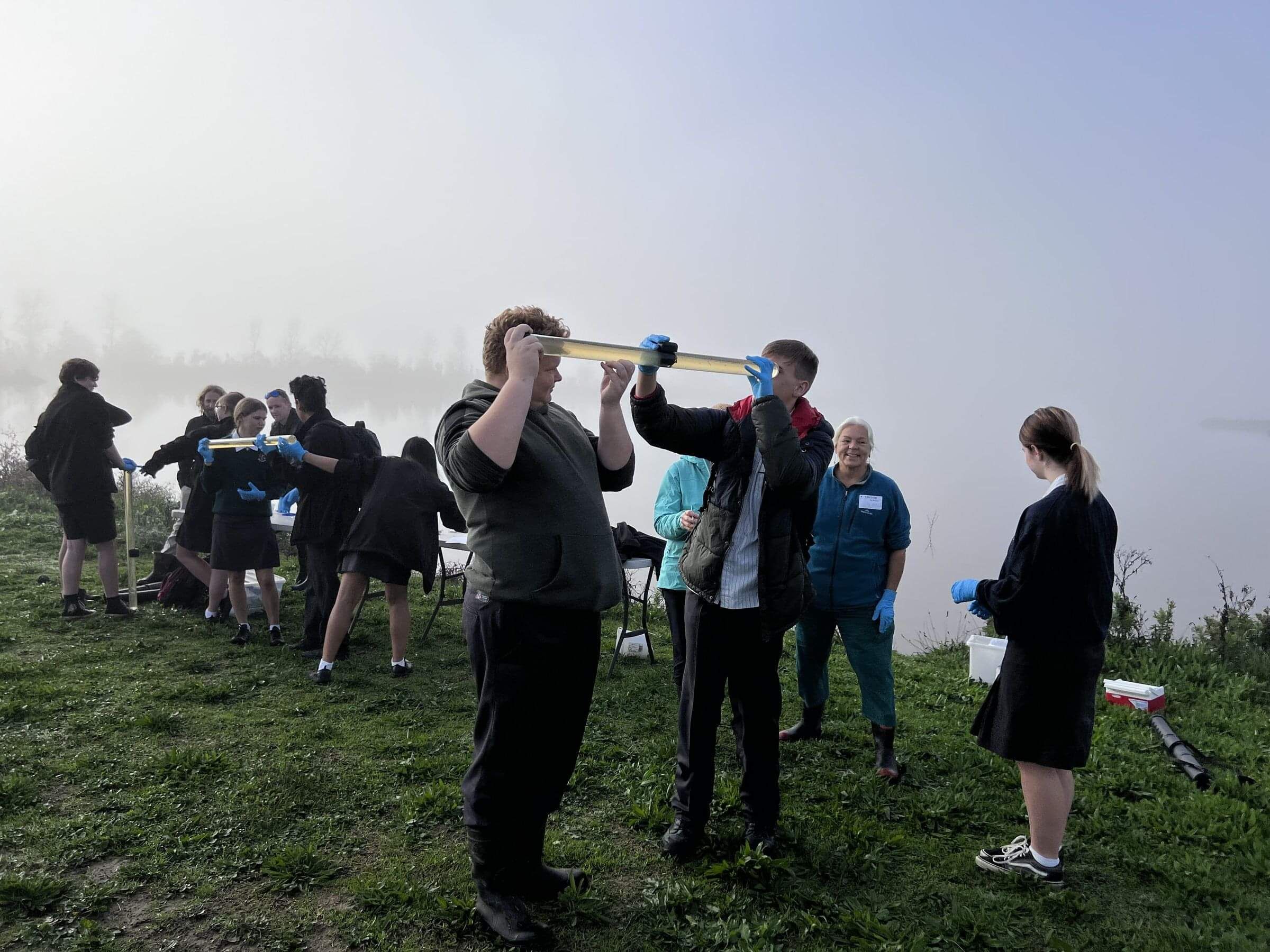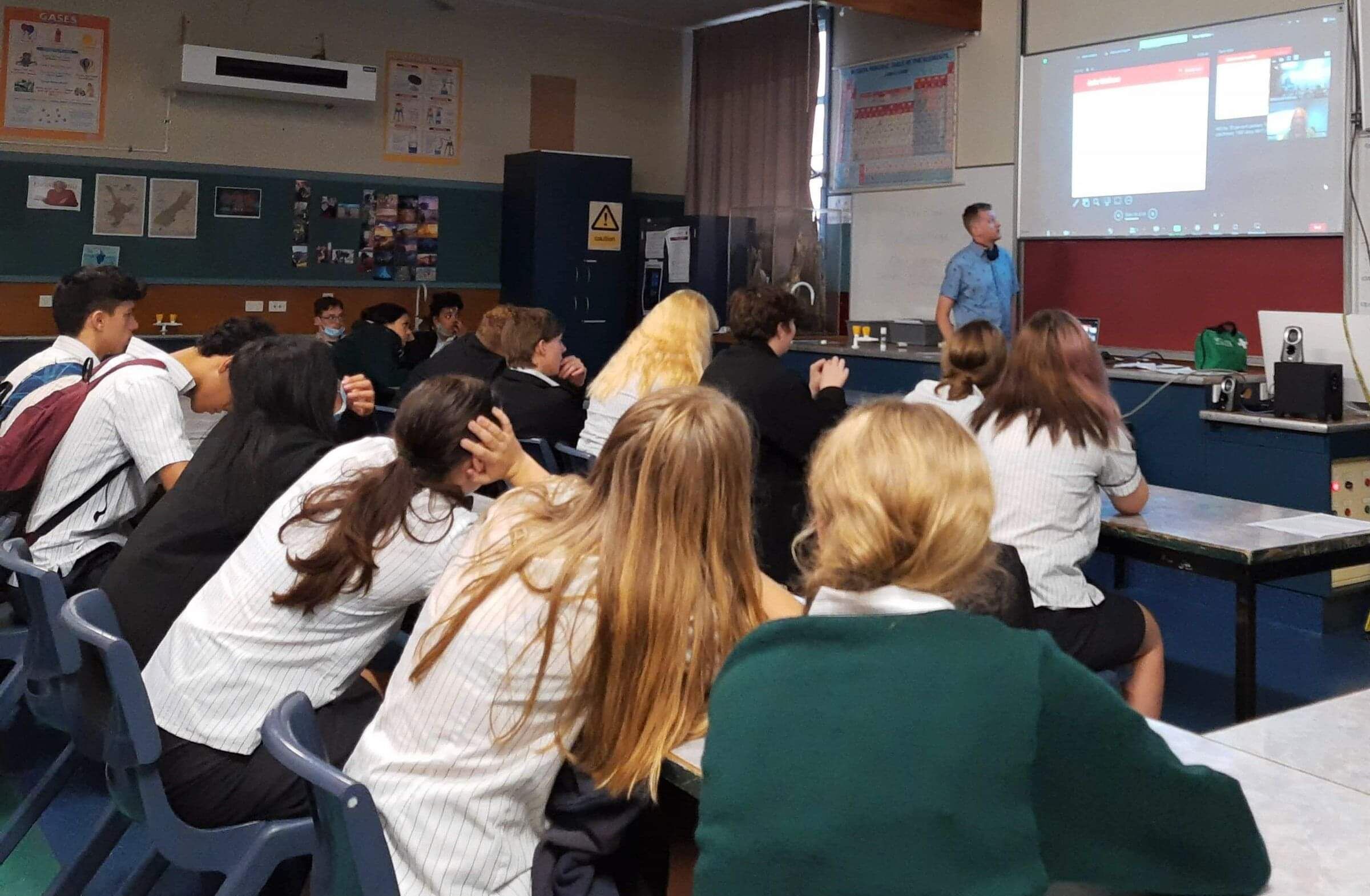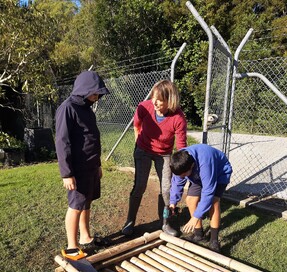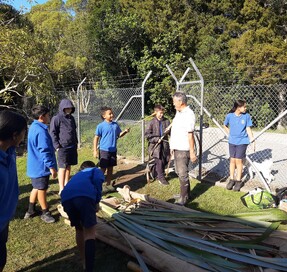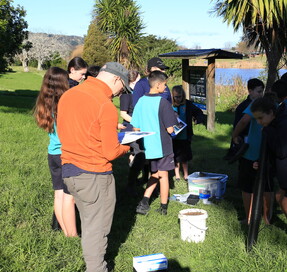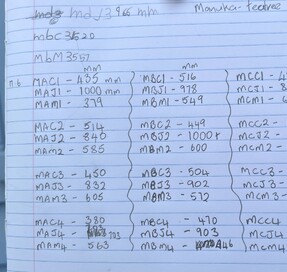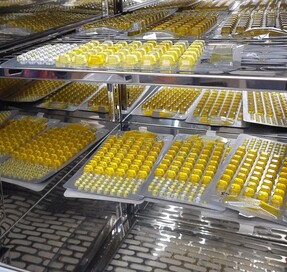Floating Wetlands: Bioactive native plants to tackle pathogens in waterways - restoring Te Mana o Te Wai
We are working with partners from across the motu to bring ākonga/students from three schools exciting, hands-on science. We are building in tuakana-teina practices among the ākonga so that their learning can be enriched.
At Te Kauwhata College horticulture students are growing phytoremediation/bacteria-eliminating plants (local swamp mānuka) and other wetland species, and biology students are mastering water quality monitoring. Students will design and build floating wetlands which will be deployed early next year.
As our swamp mānuka are being grown this year, the biology students are undertaking background monitoring of water quality in a local pond (where the wetlands will be placed), and a controlled experiment to test impact of different plant species on water quality.
The experience of the College students will assist our ākonga at the Whakatāne Intermediate School, who are learning about water quality in their local Ōtamakaukau lagoon, using the same water quality tests as for the Te Kauwhata pond. The Intermediate students are also testing three different growing media for any impact on water quality.
Te Kura o Te Pāroa ākonga are busy growing three types (species) of plants in the three different growing mediums. They have taken on measuring and documenting plant growth and health. The questions they’re asking are: Do the plants grow better in any of these different media? Are the plants healthy?
We have many partners that are supporting us with this initiative. Scientists from ESR guide us in all our work, Waikato Regional Council gives us the very valuable time of their Lakes scientist. Bay of Plenty Regional Council has committed to making one of their scientists available to spend some time with us, and independent consultants and experts contribute throughout the year. Where possible, Te Whare Wānanga o te Awanuiārangi will send their ākonga along to help with field work in Whakatāne. Our kaumātua from Ngā Muka Development Trust (Te Kauwhata) has supported us along the whole journey and Ngā Muka and Ngāti Awa are working with us to further understand and develop mātauranga associated with this project. Mauri Ora!

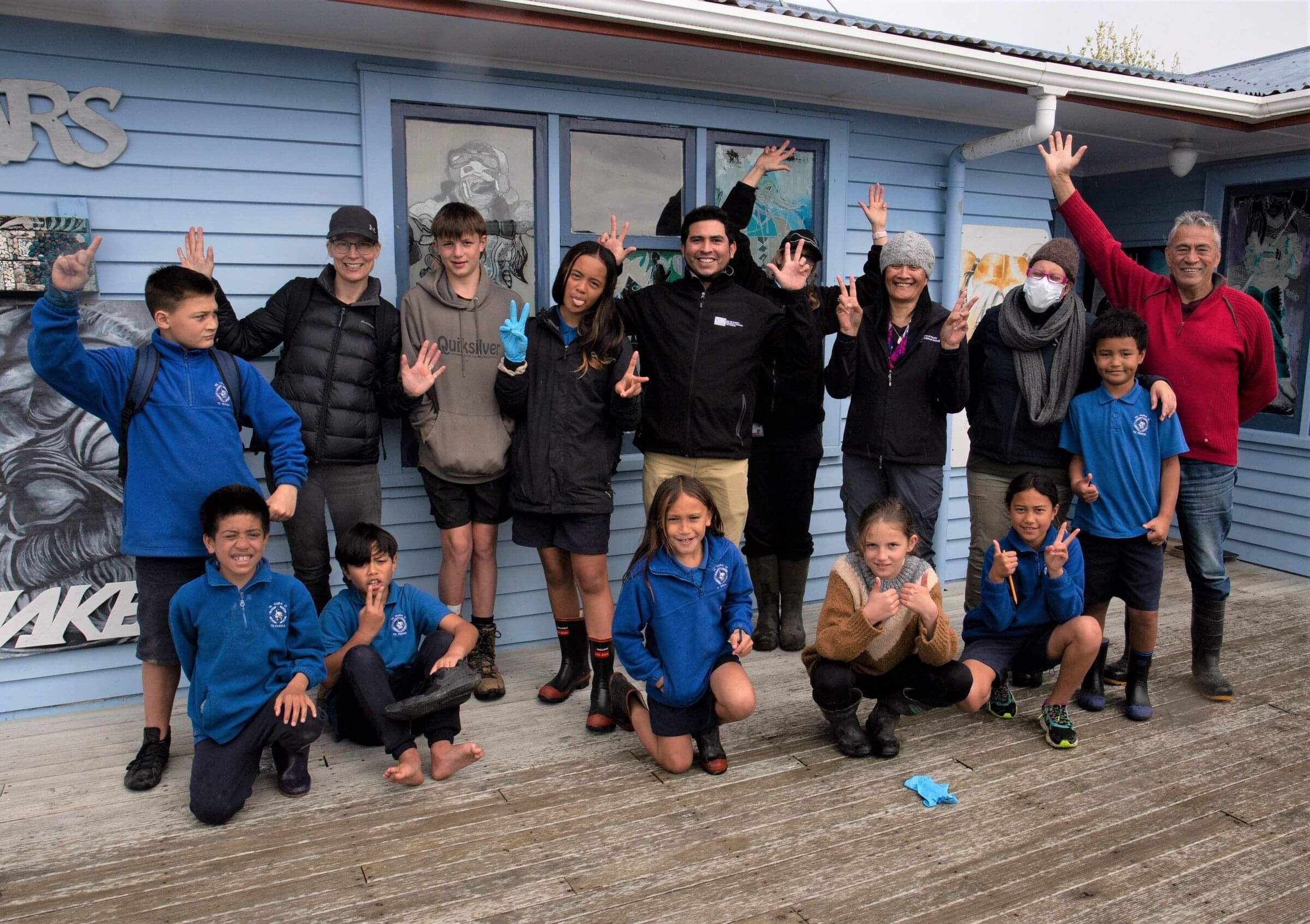

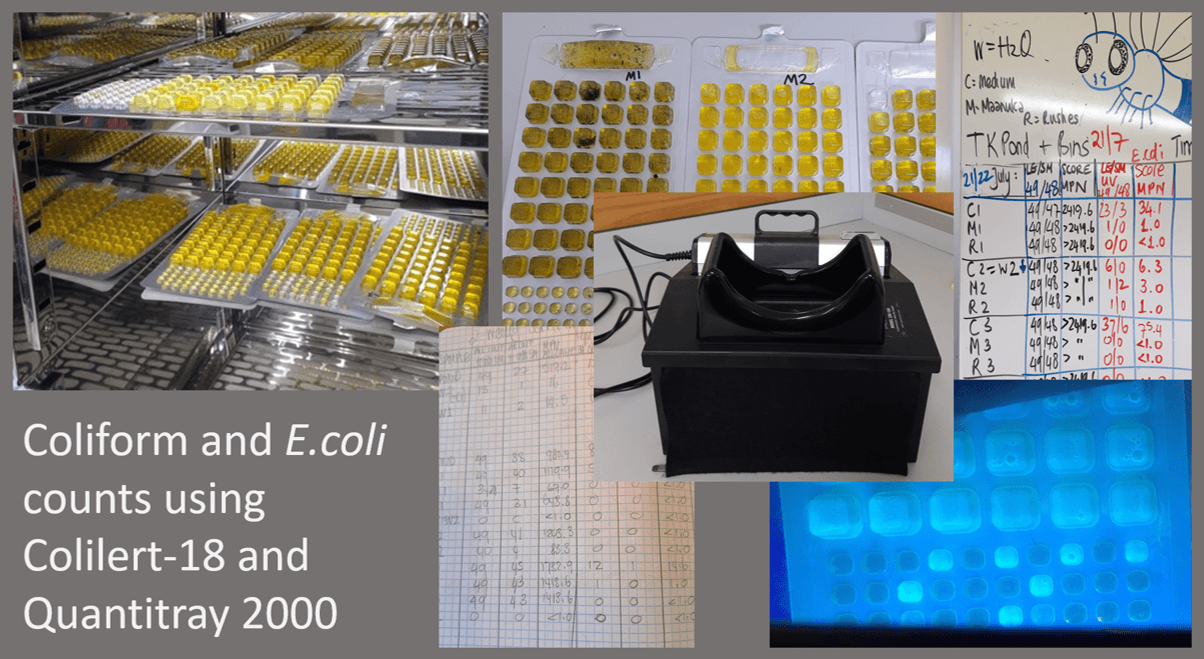

Term four: end of year, NCEA, and summer science
Term three saw a lot of activity at the Kopeopeo Canal by ngā ākonga o Te Kura o Te Pāroa. Monitoring growth rates of plants is continuing at the Kura. Several tamariki will be issued with a science kit for the summer, so they can continue to build their skills.
At Te Kauwhata College water quality testing and its applications are part of the science internal assessment for NCEA. A classroom session in preparation for this was organised by science teacher McKenzie Holman and was attended by scientists from EcoQuest. Students all made sure they understand and can describe the parameters for water quality, including E.coli tests.
The seemingly endless rain this spring made it feel like most of the land around Lake Waikare and the Te Kauwhata Pond could be a giant floating wetland already! The construction of our wetland rafts has been postponed to Term one of 2023, due to the Covid interruptions for the tech & design students. The plants for the rafts are leaping away in the school nursery – thanks to the excellent care by the horticulture students and teacher Kiri Pengelly.
Science teachers Kiri Pengelly and Liz Macintosh organised four Science Putaiao mornings, two each in the last week of November and in the first week of December, to introduce the year 7 and 8 ākonga to the floating wetlands project and water quality of Lake Waikare. Two mornings we were able to be at the Te Kauwhata Pond to learn on-site about the project, local history and to learn about mātauranga Māori; the other two mornings were run indoors at the College. We workshopped Lake water quality in the Waikato; mātauranga Māori of Waikare iwi, hapū, whanau and marae communities; the effect of nutrient loading on waterways and how floating wetlands play a role in cleaning up waterways. The year 7 & 8 students were keen and enthusiastic. We look forward to their learning alongside the senior ākonga next year. Great to know the project is continuing in 2023!
Each of the days the ākonga were joined by some of the collaborators in the project, including: Kelvin Tupuhi and Estelle Jonathan who ran mātauranga Māori sessions, Glen Tupuhi – kaumatua for the project, Waikato Regional Council freshwater scientists Mat Allan and Bill Vant, floating wetland expert Matt Highway and environmental scientists Kelly Diehl and Liz Tupuhi. A representative from the House of Science joined one of the sessions. A big thank you to teacher aides Maria, Brenda, Angela, Terri-Lee, Anneka & Deannine, who helped make these sessions possible. Kia ora!
Term Three and spring is springing.
Our ākonga/students continue to learn more about water chemistry. Exactly how this relates to floating wetlands is becoming clear as we explore the different aspects of this work.
Whakatane Intermediate School finished the first part of their experiment – looking at three different growing mediums. Medium A, B and C all have 50% coco-fibre and 10% compost; the remaining 40% is pumice sand [A]; high carbon organic matter [B]; local topsoil [C]. Students are monitoring what effect each growing medium has on the water quality (chemistry) of water from the Otamakaukau/Awatapu lagoon.
The Intermediate students now will join the other schools in growing wetland plants as part of their experiment. The water in the tubs will be changed regularly, and samples will be analysed for water chemistry and bacteria at each change. Their questions are: What impact might plant species have lagoon water quality; How do growing mediums impact plant growth.
Te Kura o Te Paroa ākonga are carrying on with measuring plant growth in each of the soil mediums (the same mix as for the Intermediate school). Despite winter chills, the plants have grown.
They will now look at what impact the plants have on water. At Paroa we are growing the plants in tap water, so we starts with no measurable contaminants - if we find contaminants after a couple of weeks of the plants sitting in the water, we have three possible sources – plants, growing medium or the atmosphere. Previous research gives us guidance on what can be expected to be deposited from the atmosphere, so we hopefully can account for this.
The findings from the Intermediate school will guide our understanding of changes in water quality as a result of the plants and/or mediums.
Both schools have had the Bay of Plenty Regional Council scientists Vanessa Cotterill and Rigo Medina come and work with them. This was great for all of us giving students access to working scientists and the scientists the ability to work with engaged and eager to learn students.
Te Kauwhata College students have been really busy. Plants are growing and water testing has intensified. Senior students have a lot on this term to get ready for completing their NCEA work. This hasn’t stopped us all from making the most of the time we have spent together in person.
Students learnt a lot about water quality, and what impacts water quality in their local catchment. We have had a huge amount of help and information from Mat Allan, the Waikato Regional Council Lakes Scientist, to give us the full picture of what is happening in the shallow lowland lakes of the Waikato.
An experiment is being run with “pilot wetlands”, plants growing in semi-controlled conditions, using Ta Kauwhata Pond water (which we sample every month) in a simulation of a floating wetland. There is water beneath and all around the plants, but they are held in big plastic tubs. All the plants are being grown in medium A [50% cocofibre, 10% compost, 40% pumice] as we try to isolate the impact of the plants on the water. We are testing mānuka and a carex/juncus mix.
We tested intensively (6 samples in the first week, weekly samples there after) during a 4-week period in July-August, to establish the rate of natural die-off of E.coli. At the EcoQuest Lab we used Colilert-18 as a reagent, and incubated all samples at 35 degrees C for 18 hours in Quantitray 2000 trays. We hope to find out how long it takes E.coli to die off naturally, and if there is a difference in time of die-off with/without plants in the water, particularly the mānuka (as this has been shown to remove bacteria from subsurface water in experiments run by ESR). Remember, mānuka is known as a potential phytoremediation plant because of its ability to kill off bacteria in freshwater😊. Later this year we repeat this whole process so that we have a winter and spring/summer round of intensive sampling.
The students are now focused on evaluating the methods used, presenting, and interpreting the results. This all needs to be done this term so that the students can use the work for part of their NCEA assessment. Mat Allan and Liz Tupuhi will be working with teacher McKenzie Holman and the students as they go through this process.
Sadly, due to their NCEA commitments we won’t see much of the senior students for the remainder of the Term. But we are taking the opportunity to bring the year 7 and 8 students into the project so that they can become our tuakana as the project develops over the next few years. Of course, for those senior students who come back next year (please come back – you know you want to and I’ll cook more cake) we can have some more time with you all.
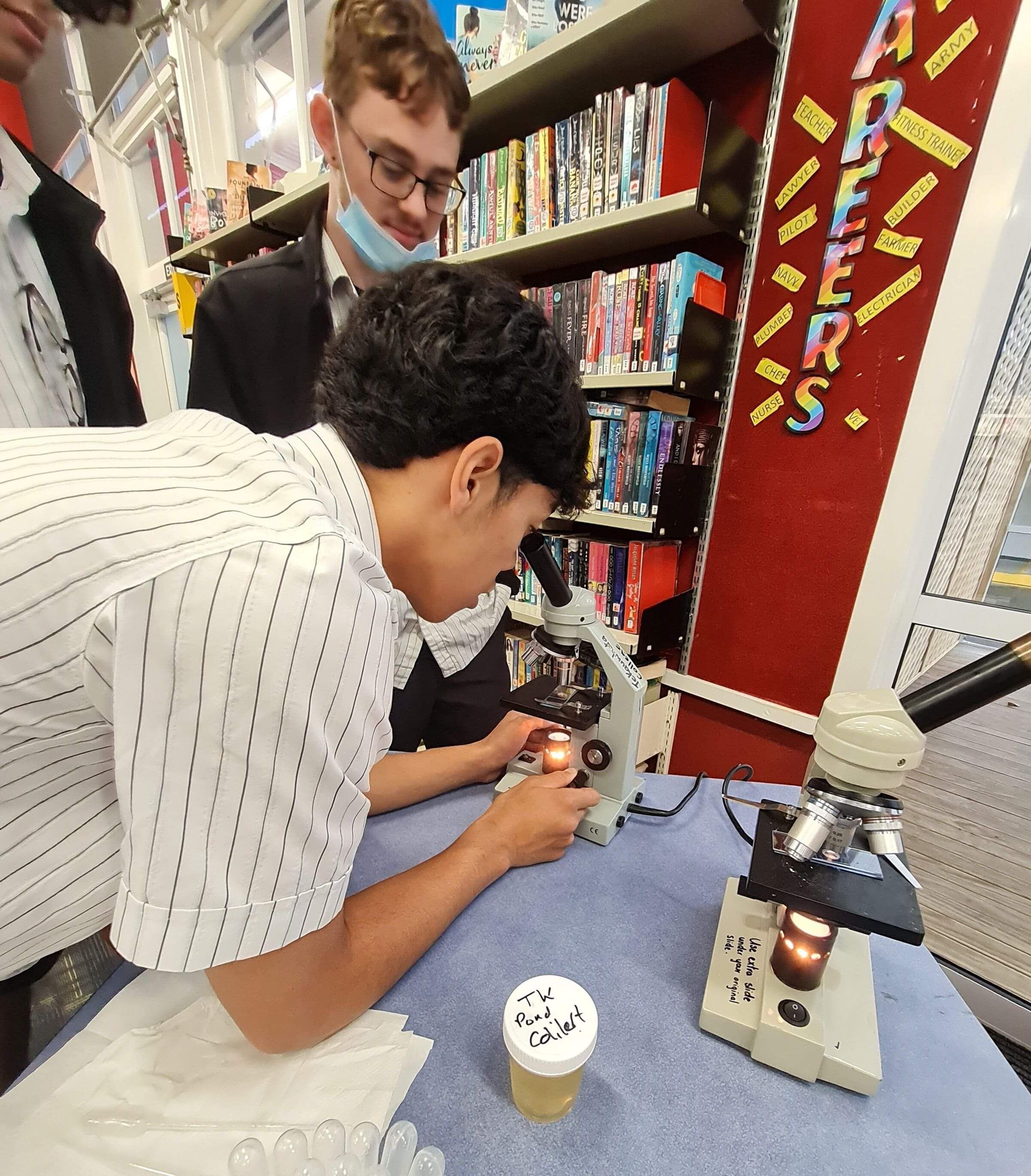
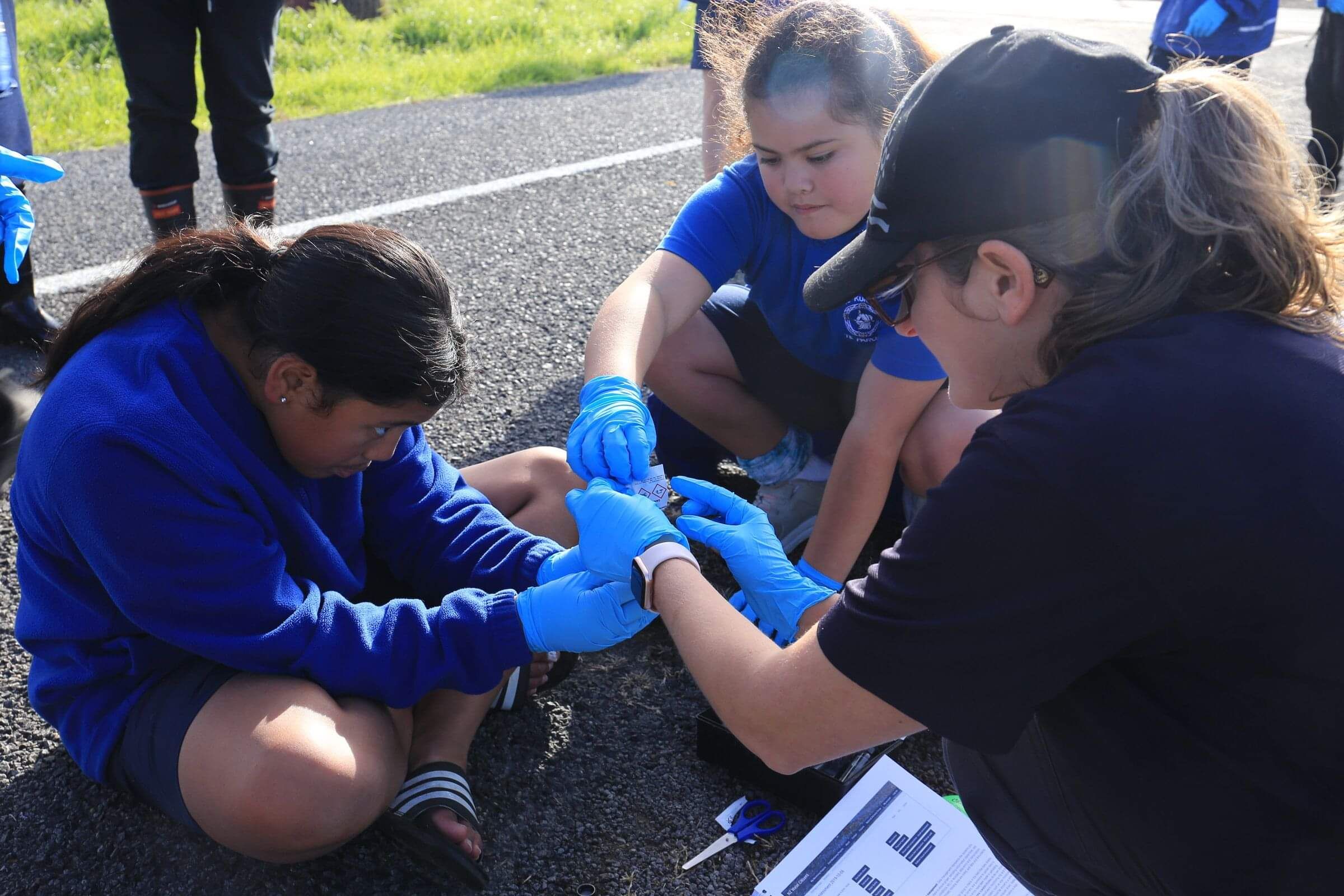
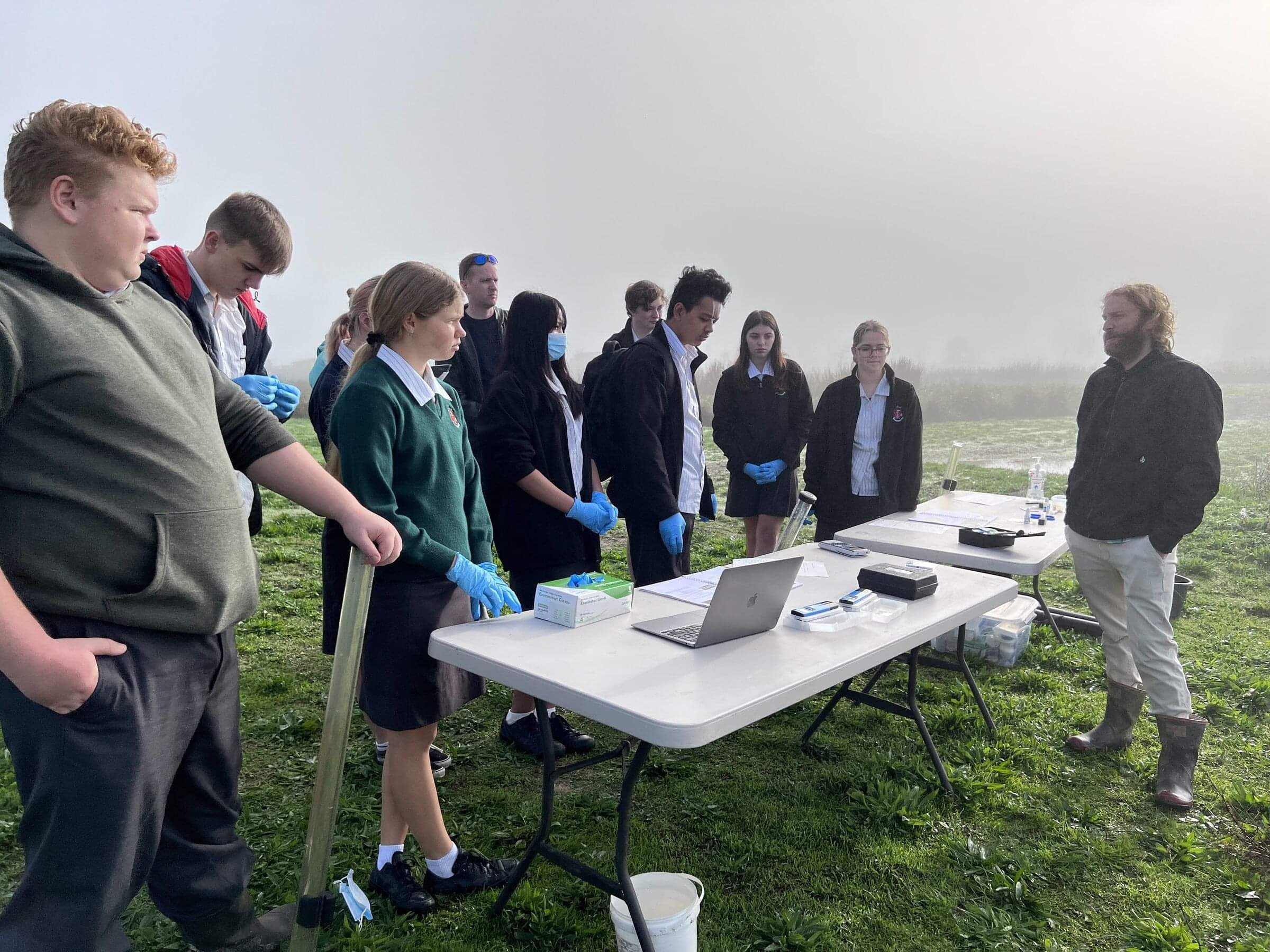
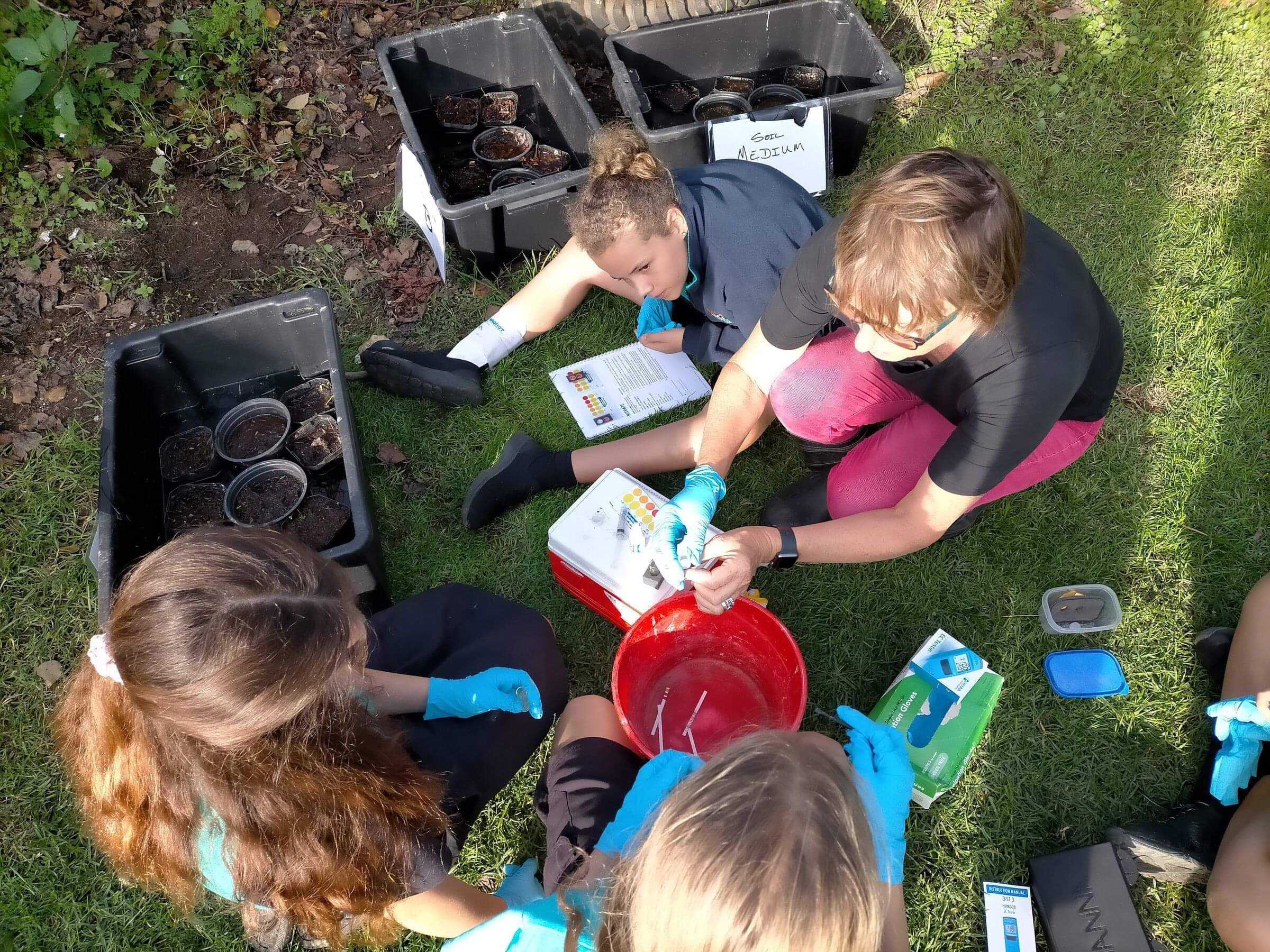

Term Two - Hotting Up While it Cools Off Outside
The Te Kauwhata College biology ākonga/students have undertaken more chemistry than they expected: water clarity, pH, phosphorous, nitrate and dissolved oxygen, as well as water & air temperature and conductivity, are all being assessed. Ākonga have responded with great enthusiasm and an ever-growing understanding of how water chemistry (thus, water quality) has an impact on the flora and fauna of the pond - and indeed of other waterways. They are ready for the next set of experiments to come.
Covid meant a delay in building the floating wetlands and getting the plants out there. The experimental design phase for all the student groups has been a little more directed than we would have liked, but our ākonga are up for the task!
The controlled experiment consists of 10 identical tubs filled with pond water. In three of the tubs we will have a total of 36 (12 per tub) mānuka plants, in another three tubs we will have 36 wetland plants (Carex and/or Juncus), and three tubs will just have pots with the growing medium; the 10th tub will contain pond water only.
Confused?? Don’t worry the students have got this! And they’re up for the task of analysing the results – yep you guessed it: water quality sampling - including for bacteria (we are especially interested in Coliforms) - will be carried out for each of the tubs at least once a month.
In addition, to ensure that we know the difference between natural die-off of bacteria (Escherichia coli) and any accelerated die off, two really intense sampling rounds (up to 8 sampling sessions in a month) will be needed. We -the scientist involved- will give the students a hand with this, but they have to interpret the results (OK, we’ll help them again – it is pretty detailed stuff).
Ākonga at Whakatāne Intermediate, and at Te Kura o Te Paroa are totally into the water sampling, measuring plant growth, and documenting plant health. We look forward to them reporting in with their findings and their discoveries.
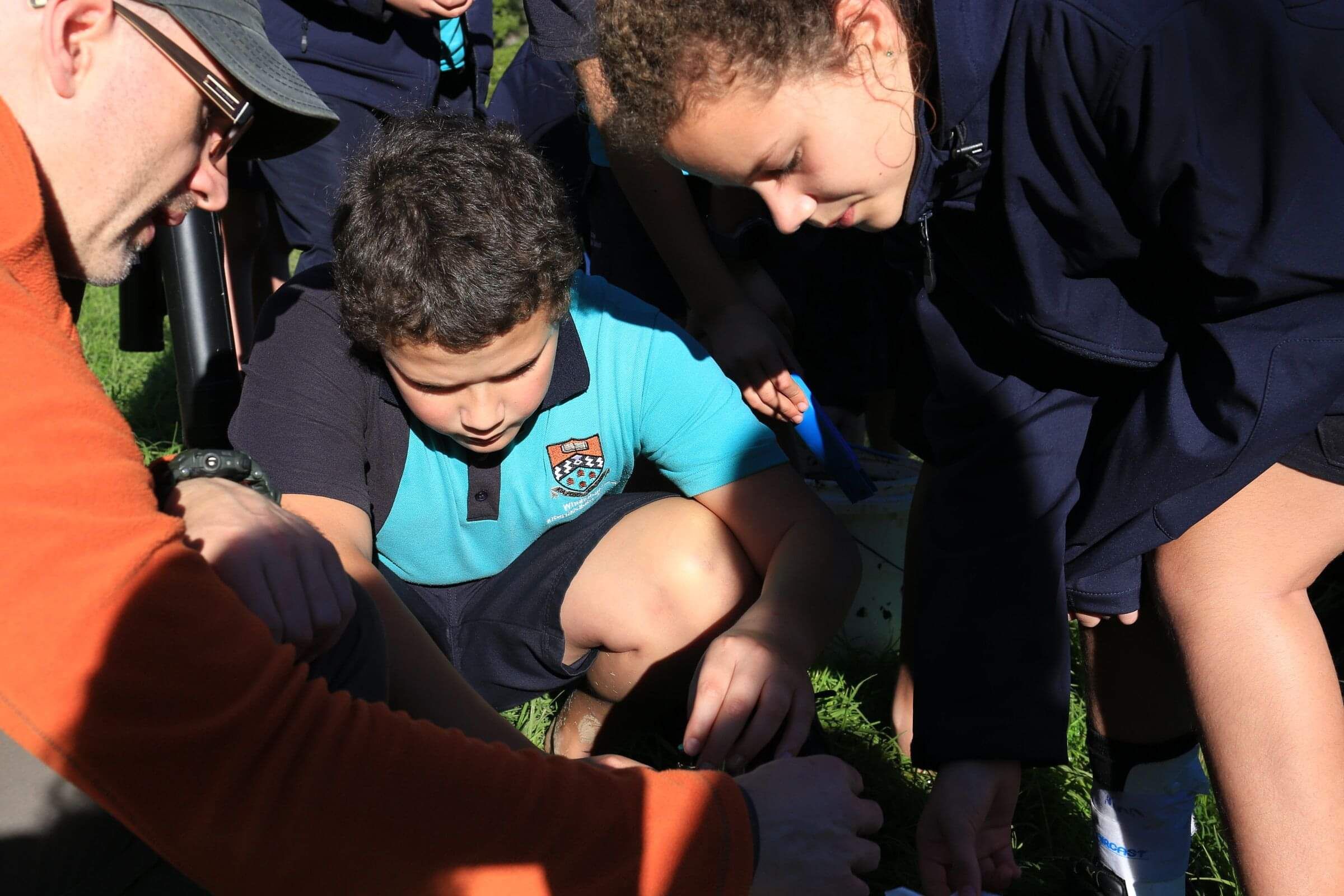
Term One - growing our adaptability quotient
In term one Covid prevented us from having much in-person time with the schools and the ākonga.
Swamp mānuka seeds collected late last year have germinated and are growing well thanks to the horticulture students at TKC, and the agility of the kaiako who navigated all the various Omicron isolation events and kept the plants going. The seedlings are almost ready for pricking out: this is a delicate and skilled task, as at this size, the roots of our native tree seedlings are delicate and can easily be damaged at this time, resulting in the death of the seedling.
All the students involved from TKC are year 12 and all of them have been involved in some water quality monitoring for the project. This gave the tech & design students an opportunity to see the pond and get an idea of the conditions they need to keep in mind when designing and building the rafts. They were able to meet with our design expert, Matt Highway, who is on hand to help students with their work.
We have worked out a sampling regime for Te Kauwhata Pond, and expect all science students to become skilled and confident in the sampling techniques before too long.
